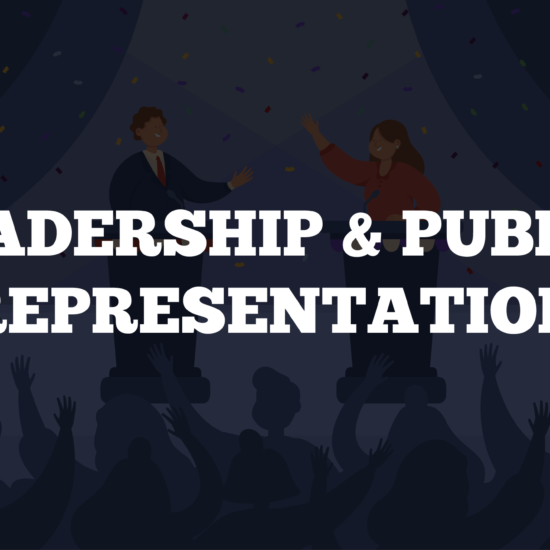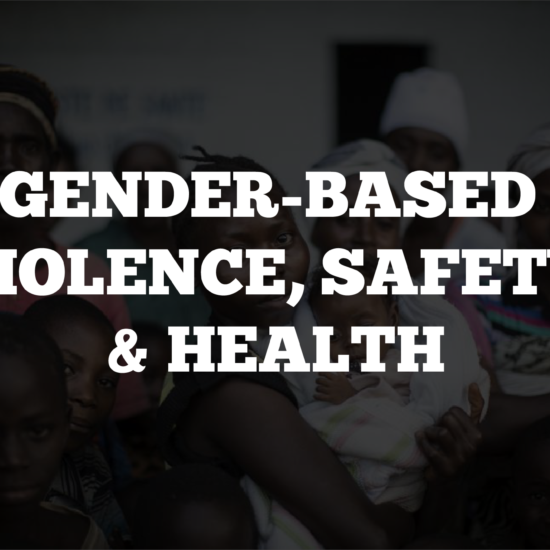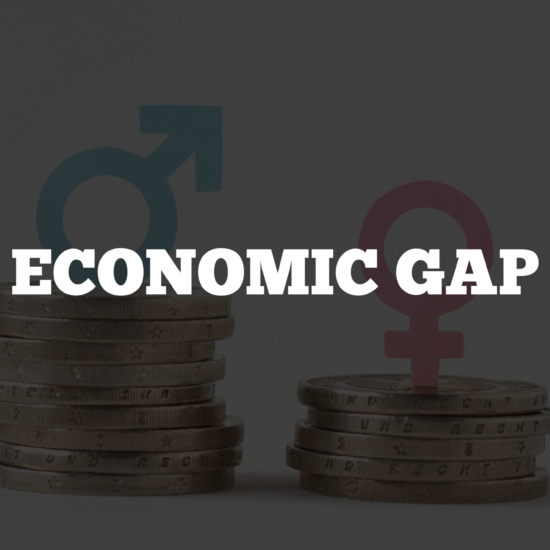TOWARDS GENDER EQUALITY / Youth education
Youth Education
Youth Education
The last two decades have been marked by outstanding gains in girls education with the number of girls out of school dropping by 79 million and the number of female youth aged 15-24 years who are illiterate declining from 100 million to 56 million between 1995 and 2018, according to UNICEF.
Yet, challenges remain in many parts of the world and could get a lot worse because of Covid-19. According to the Malala Fund, some 20 million girls in low- and lower-middle-income countries may never return to the classroom after the pandemic, leaving them vulnerable to early and forced marriage, adolescent pregnancy, child labour, and an increased risk of violence. “Girls and young women are the first to leave school and the last to return.” And only 42% of countries had measures put in place to support girls’ return to school in early 2021.
According to World Bank findings, more than 41,000 girls under the age of 18 marry every day.
Girls with no education are six times more likely to be married as children than a girl with secondary education.
A woman with some, or completed, secondary schooling is 11 percent, or 36 percent, respectively, less at risk of violence than women with none.
Barriers to girls’ education – like poverty, child marriage and gender-based violence – vary among countries and communities. Poor families often favour boys when investing in education. In some places, schools do not meet the safety, hygiene or sanitation needs of girls. In others, teaching practices are not gender-responsive and result in gender gaps in learning and skills development. For example, the United Nations space4women programme predicts that 90 percent of future jobs will require STEM-related skills. If women and girls do not possess these skills they will not be competitive in the employment market and will remain shut out of many well-paid opportunities.
The theme of the 2021 International Day of the Girl on October 11th was “Digital Generation. Our Generation.” The theme highlighted reflected the fact that whilst so much of life pivoted to the ‘virtual’ world during COVID-19 lockdowns, girls were still being left behind:
“While the pandemic has accelerated digital platforms for learning, earning and connecting, some 2.2 billion people below the age of 25 still do not have internet access at home.
Girls are more likely to be cut off. The gender gap for global internet users grew from 11 per cent in 2013 to 17 per cent in 2019. In the world’s least developed countries, it hovers around 43 per cent.
But the gender digital divide is about more than connectivity. Girls are also less likely than boys to use and own devices, and gain access to tech-related skills and jobs. Only by addressing the inequity and exclusion that span geographies and generations can we usher in a digital revolution for all, with all.
Finally closing the gap and ensuring every girl gets access to education, requires a systemic approach. Supporting girls’ pathway from education to employment requires more than learning opportunities. It requires keeping girls safe from all forms of violence, in and out of school, prevent and respond to gender-based violence, end child marriage, eliminate female genital mutilation, provide safe spaces, support menstrual health management, deliver HIV and AIDS care, meet psychosocial needs and more. This means integrating strategies to address gender-specific discrimination and disadvantages across all areas.
Educating girls has a dramatic effect on society beyond the classroom and begins a positive cycle of reinforcement – reducing child and maternal mortality, and the rates of child marriage, whilst increasing a country’s GDP and the lifetime earning potential of that girl. According to UNICEF, an educated mother is more than twice as likely to send her own children to school. A child whose mother can read is 50 percent more likely to survive past their fifth birthday.
A girl with a single extra year of education will result in 25 percent more income in her adulthood. This in turn affects outcomes for her entire family – better nutrition, better healthcare, less poverty and vulnerability.
The Malala Fund highlights that inequality leads to extremism but establishing gender equitable education has a direct and dramatic impact on a country’s overall stability, cutting its risk of war by half.
Check out the following links for more data on Girls education:
- A New Era for Girls: Taking Stock of 25 Years of Progress, 2020, United Nations Children’s Fund, UN Women and Plan International.
- The UN’s Progress on the Sustainable Development Goals, the gender snapshot 2021
- The World Economic Forum’s (WEF) Global Gender Gap Report 2021
- The OECD Gender Data Portal: Education
- HerAtlas by UNESCO
- Gender Equality Overview by UNICEF
- Education and Covid 19, Data by UNICEF
EXAMPLES OF IMPACTFUL INITIATIVES AT THE NATIONAL LEVEL
- In its Schools of the Future report for 2020, the World Economic Forum identified 16 schools, systems and initiatives that are leading the way in shaping “Education 4.0”. These include the Anji Play system —an early childhood curriculum that fosters learning entirely through child-led play— in China; the South Tapiola High School in Finland with its emphasis on entrepreneurship and real-world social awareness; and Indonesia’s Green School which aims to shape the environmental leaders of tomorrow.
- Based in Buenos Aires, Argentina, Chicas en Tecnología (CET) is a nonprofit organization that seeks to reduce the gender gap in technology by training the new generation of technology female innovators through a free-of-charge educational programme for girls between the ages of 13 and 17, who only need to be enrolled in a secondary school to be eligible — without the need for previous tech knowledge whatsoever. Alongside a team of female tech-savvy mentors, the trainees design and develop a mobile application that aims to solve a specific problem in their community in a creative way, in four sessions. Once the program is finished, they become a part of the CET community, where they can benefit from guidance to launch their projects in the real market, and hopefully turn to a career in STEM. In 2019 CET reached more than 44,500 young women with its programs and initiatives, scaling up to 82 locations in 14 provinces in the country.
- In Ghana, the Making Ghanaian Girls Great! (MGCubed) project uses solar-powered and satellite-enabled distance learning infrastructure to deliver interactive learning sessions to students, teachers, communities and government officials. Funded by the UK’s Department for International Development (DFID)’s Girls’ Education Challenge, the project’s main objectives are to improve the literacy and numeracy learning outcomes of girls in local communities and help them transition from primary to secondary education. In addition to an in-school programme that reinforces maths and English lessons in 88 local schools, the project delivers an after-school girls’ club called Wonder Women for up to 50 marginalised girls, per school, and includes some out-of-school girls, covering topics such as early pregnancy, early marriage, reproductive health, personal hygiene, child rights, and financial literacy, leadership and problem solving, community projects as well as introducing them to different adult female and male role models. The project has now been extended to boys as well, reaching a total of 36,000 pupils in the past 3 years. About 22% out of school girls have successfully returned to mainstream schooling after taking part in the programme.

CONCRETE INITIATIVES, COVERED IN THE NEWS THROUGH CONSTRUCTIVE LENSES:
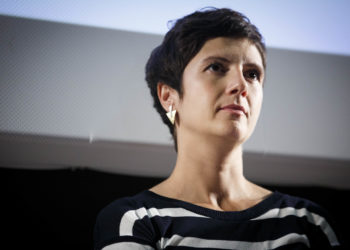
In Italy, school textbook publishers scrap gender stereotypes
By Chiara Severgnini, Corriere della Sera (Italy)
An interview with Irene Biemmi, expert in gender teaching and a lecturer at the University of Florence on the evolution of gender stereotypes in Italian textbooks and how some books publishers are now pushing for gender equality in the classroom by avoiding cliched representations of women in the household and putting the emphasis on long-overlooked female historical figures.
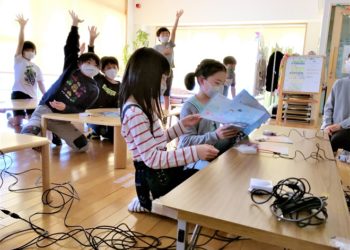
Hiring targets, eased rules used to narrow gender gap in Japanese academia
By Nami Sugiura, Asahi Shimbun (Japan)
In Japan, the gender gap is wide in the world of academia. A small minority, female researchers are often hired on limited-time contracts, giving them less time to produce the same results as their male counterparts, less often reach senior positions and often have to give up their careers when they have children. Leading universities are now tackling these inequalities and trying to attract more female scholars by introducing hiring targets, easing rules for parental leave or offering female researchers better working conditions.
Info
All, Gender Related Issues




